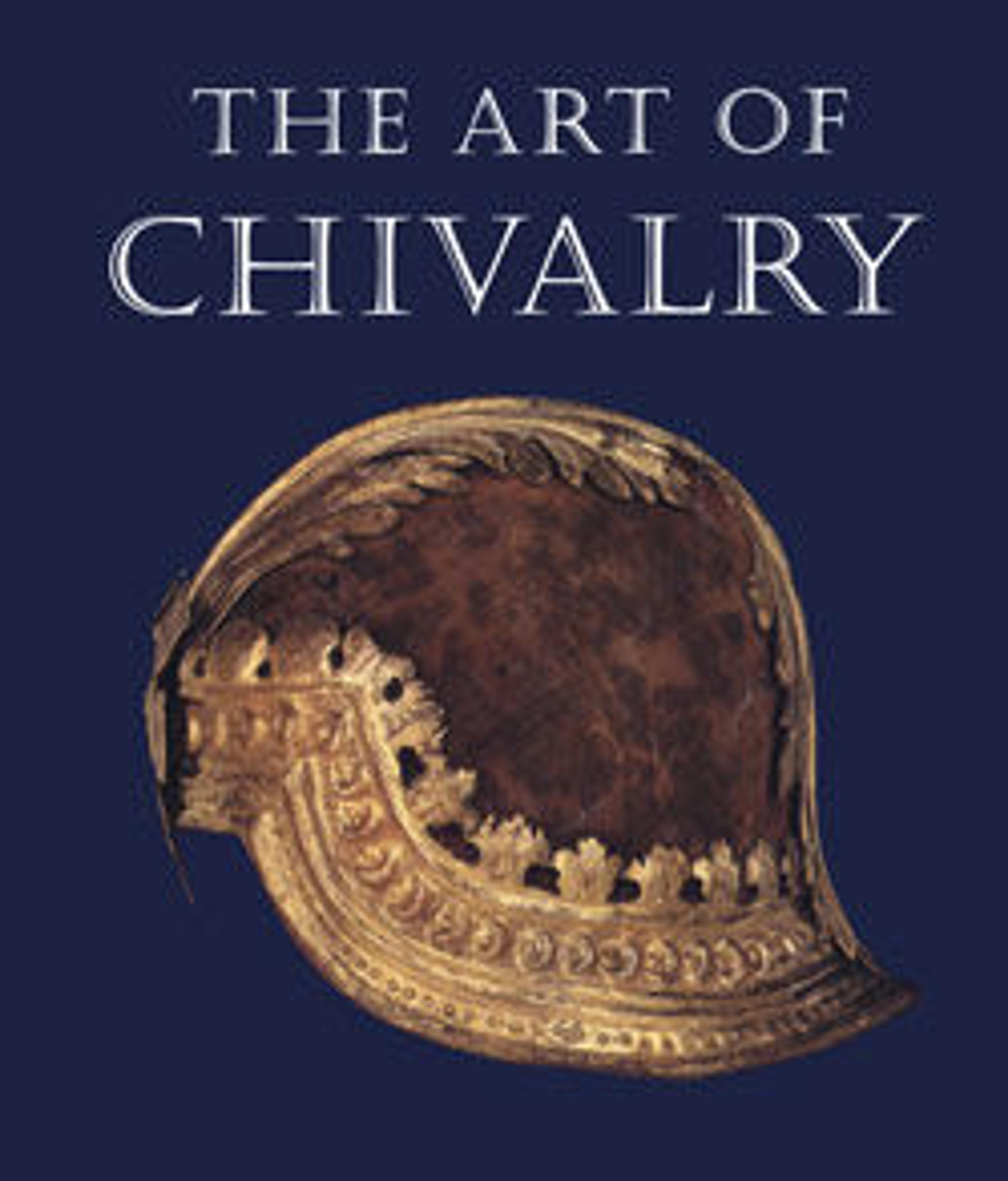Pollaxe
The poleaxe was the western European equivalent of the halberd and was similarly designed for hacking and stabbing and for piercing armor plates. However, the heads of halberds were constructed in one intergral piece, but the heads of poleaxes were composed from separate elements, held together by rivets. The basic element was the axe blade with a counter-balancing beak. The blade was overlaid by side straps, which in turn would have the apical spike attached. The long side straps reinforced the shaft against being chopped through in combat.
Though the poleaxe was one of the weapons used in the formal duels of foot combats, it was primarily a serious battle arm. In some cities the guards of the city gates were armed with poleaxes; in emergencies, when there was no time to raise the drawbridge, they could hack through the ropes that held up the portcullis, and the grill would drop to block the engrance.
Though the poleaxe was one of the weapons used in the formal duels of foot combats, it was primarily a serious battle arm. In some cities the guards of the city gates were armed with poleaxes; in emergencies, when there was no time to raise the drawbridge, they could hack through the ropes that held up the portcullis, and the grill would drop to block the engrance.
Artwork Details
- Title:Pollaxe
- Date:ca. 1450
- Geography:Burgundy
- Culture:French, Burgundy
- Medium:Steel, wood (oak)
- Dimensions:L. 81 7/8 in. (208 cm); L. of head 12 1/2 in. (31.8 cm); W. 8 1/4 in. (21 cm); Wt. 5 lbs. 7 oz. (2466.4 g)
- Classification:Shafted Weapons
- Credit Line:Gift of William H. Riggs, 1913
- Object Number:14.25.302
- Curatorial Department: Arms and Armor
More Artwork
Research Resources
The Met provides unparalleled resources for research and welcomes an international community of students and scholars. The Met's Open Access API is where creators and researchers can connect to the The Met collection. Open Access data and public domain images are available for unrestricted commercial and noncommercial use without permission or fee.
To request images under copyright and other restrictions, please use this Image Request form.
Feedback
We continue to research and examine historical and cultural context for objects in The Met collection. If you have comments or questions about this object record, please contact us using the form below. The Museum looks forward to receiving your comments.
